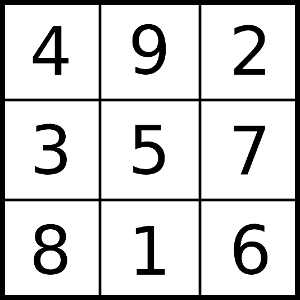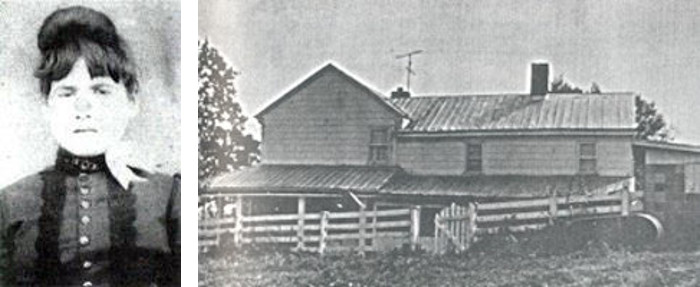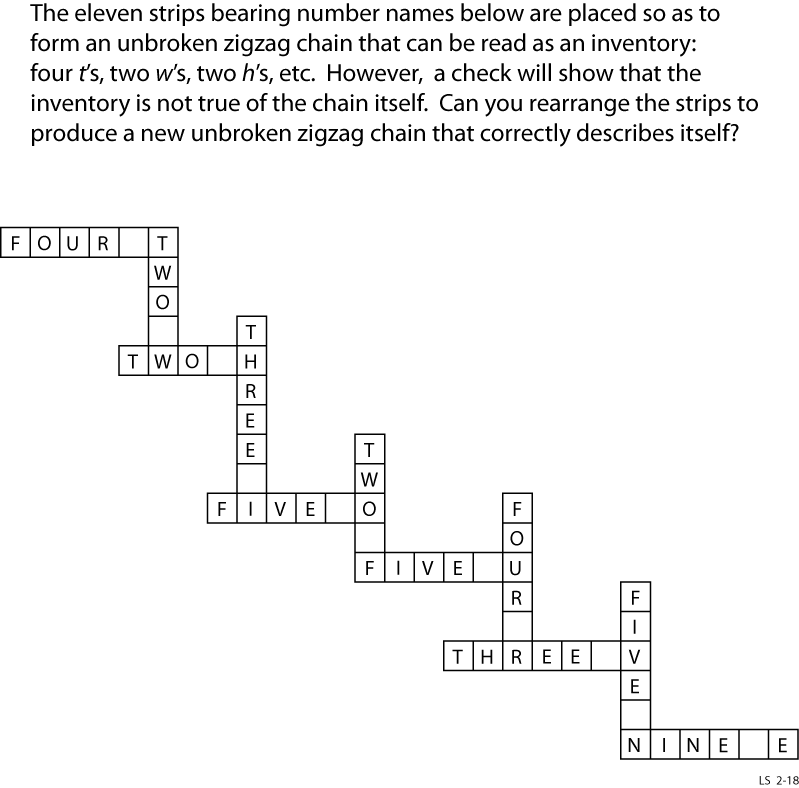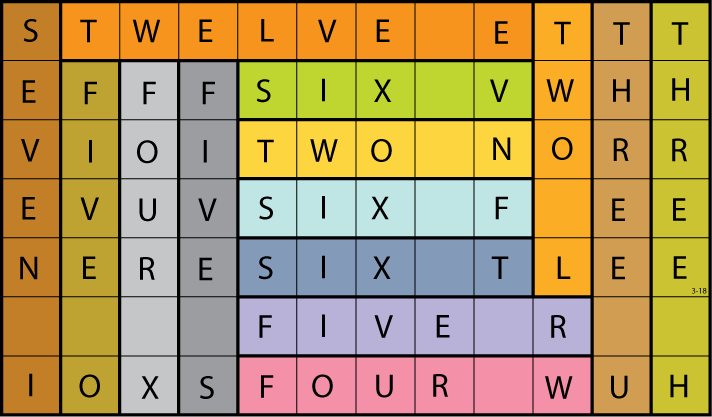
Something new from Lee Sallows: a self-descriptive magic square. Each row, column, and long diagonal adds up to 20, and every letter used is correctly counted.
“You may notice that the square includes a fox. But don’t be foxed by the fox. Just enjoy him. For this is not merely any old fox. No, it is our old friend the quick brown fox that jumped over that lazy dog!”
(Thanks, Lee!)













